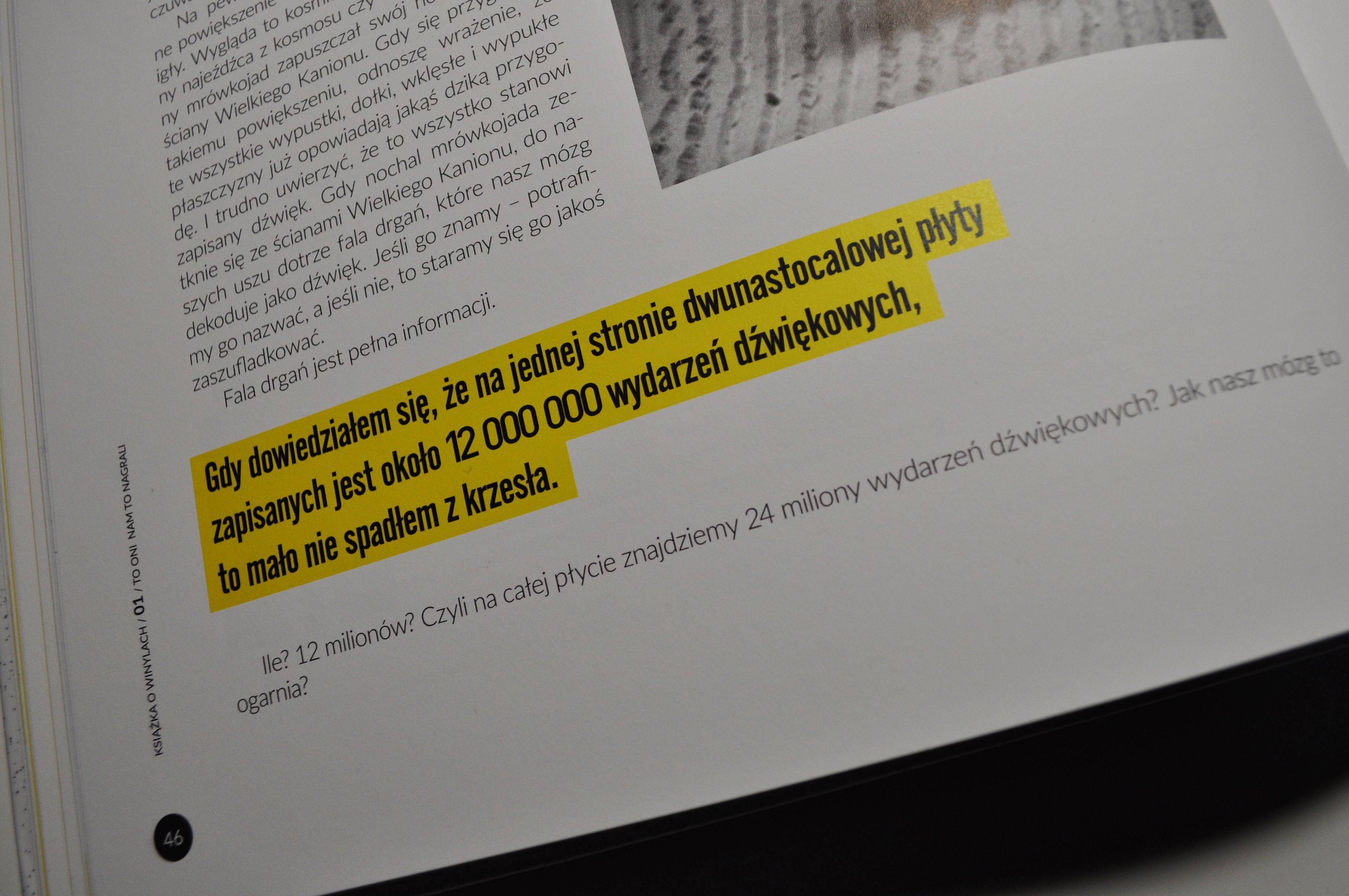I mentioned earlier that I am the author of "The Vinyl Book". - I will share fragments of the book with you, I am preparing a second edition and also an English version. So far it is only in Polish.
TLDR
I will start with the first chapter (part 1): "Fascination with Sound: A Journey through Acoustics and History"
Our interest in sound and acoustics dates back to the very beginnings of humanity. The echo was the first external source of reproduced sound known to mankind. Sound is as astonishing and incomprehensible as air or water. It is a constant element of our daily life – there is always some sound around us. Humans cannot endure complete silence below a certain threshold. We need sound; it not only helps us understand our surroundings but also serves as a source of pleasure.
It is often said that 90% of communication is body language, but try convincing a police officer with body language alone not to issue you a ticket! Sound plays an essential role in communication. The song of birds, the sound of the sea or a river, the blowing of the wind – these natural sounds are inherently pleasant to us. The sounds of nature have a swift impact on us, even when we live in a bustling city daily. The power of sound cannot be overstated.
The beginnings of our fascination with acoustics extend far beyond the industrial era, which saw the creation of the first professional devices for recording and reproducing sound. These tools were the culmination of earlier interests and experiments that had been deepening for years.
We discover sounds at a very early age, with infants distinguishing sounds before they can discern colors or shapes. Children experiment with rhythm and the propagation of sound through various play activities, such as banging a spoon on the table or a plate on the floor.
Ancient Curiosity in Sound: Ancient Chinese scholars, as far back as 3000 years before our era, pondered the workings of sound. In Egypt, the study of acoustics was no less significant, especially during religious rituals. The phenomenon of sound propagation also captured the attention of Greek philosophers like Aristotle and Euclid in the 4th century BCE. Military leaders knew how to harness the power of sound waves. According to the biblical story, Joshua, with the blast of seven trumpets, brought down the walls of besieged Jericho. Alexander the Great used a tube similar to those in early gramophones for battlefield communication. These were practical applications of sound wave propagation. Musical notes are the alphabet of sound, and an oscilloscope's graph shows the appearance of sound waves, but the sound itself remains invisible. It cannot be captured or poured like water into a bowl—though such attempts have been made.
The Irreversible Nature of Sound: No force can tame a spoken word or retract what has been said. Unlike a photograph that captures a moment, once spoken, words have an impact and then vanish. They become the past the moment they are heard. Perhaps nothing illustrates the palpable fact of our transience more than this. When a poet utters the words 'moment, linger,' the moment has already passed. Could there be anything more tragic for humans? We fade away with every word spoken – is it any wonder, then, that there have been feverish attempts to capture time through sound?
Attempts to Immobilize Time: Efforts to immobilize time, whether in a painting or through sound, have probably existed forever. Writing partially allowed the capture of fleeting words, but it wasn’t until the late 19th century that the actual sound of words could be preserved. What inspired people over 40,000 years ago to paint the first images on cave walls in Thailand? I believe that from its inception, humanity sought ways to immortalize the transient reality. Archaeologists, anthropologists, historians, sociologists, and scientists from various fields have their explanations and theories. In my view, the dreadful feeling of transience has always accompanied humans, and perhaps the attempts to cheat time, to capture what passes, underlie all endeavors to encapsulate reality in static art forms. Painting, sculptures, orally transmitted and written stories, photography, film, and recordings – these are the results of diverse approaches to 'freezing time.' Attempts to immortalize ourselves for future generations, to mark our presence, to eternalize it. My musings may lack a scientific basis, but I think many creators of these inventions would affirm this thesis.
The Evolution of Sound Technology: Today's smartphones with music apps are the result of scientific and often philosophical considerations by many individuals. Nowadays, no one wonders how it's possible that by a single finger swipe on a phone app, we can hear music and enjoy its quality, incomparably better than what was available a century ago. Many people throughout human history have contributed to this subject, leading to the inventions at the end of the 19th century that now bring us emotions, joy, reflection, and simple entertainment. In his essay 'The History of Polish Recordings Engraved on Disc', Sławomir Wątkowski wrote: 'The history of Polish recordings is primarily about the people who create it, their knowledge, creativity, and commitment. Then, the fundamental material to work with: beautiful voices, beautiful arias and songs, magnificent music, great composers, and other eminent creators of this cultural domain. Then comes the technology that captures in the fleeting time, in the form of black discs, the greatest and most beautiful values of our national culture, allowing them to be experienced by a wide audience.'
A Tribute to the Pioneers: Let's then take a closer look at these individuals, without whose contributions our 'home concert halls' might never have existed.
to be continued...
If you have read it, let us know how you like it!
